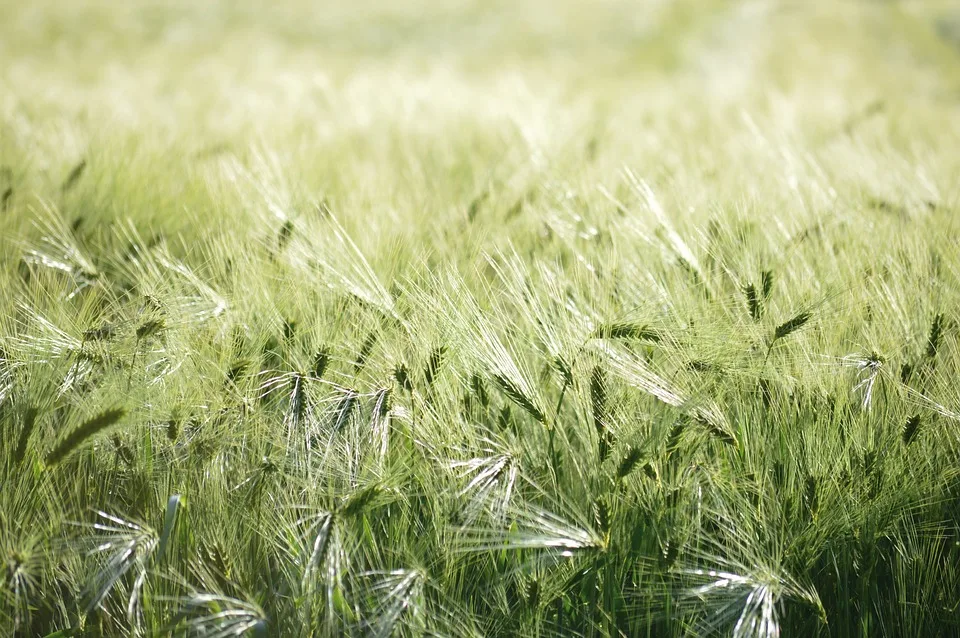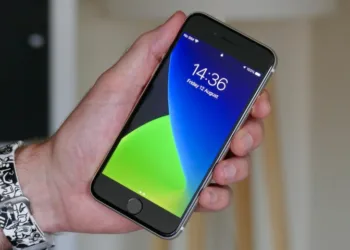Drones, also known as unmanned aerial vehicles (UAVs), have gained immense popularity across various sectors, from recreational use to professional applications. These flying machines come in different shapes, sizes, and capabilities, tailored for specific tasks. Understanding the types of drones available can help users make informed decisions based on their needs. Below, we explore the four main types of drones.
1. Consumer Drones
Consumer drones are designed for everyday individuals and hobbyists. These drones are typically user-friendly and come equipped with camera capabilities, making them popular for photography and videography.
Features of Consumer Drones:
- Camera Quality: Often equipped with high-definition cameras.
- User Interface: Generally have intuitive controls, suitable for beginners.
- Flight Range: Limited flying distance, usually within a few kilometers.
- Cost: Ranges from affordable models to more expensive options with advanced features.
Common Uses:
- Aerial photography
- Recreational flying
- Real estate marketing
2. Commercial Drones
Commercial drones are intended for business purposes and professional applications. These drones often offer advanced features and payload capabilities suitable for various industries.
Features of Commercial Drones:
- Payload Capacity: Designed to carry equipment or sensors essential for specific tasks.
- Advanced Technology: May include GPS, automated flight paths, and real-time data transmission.
- Regulatory Compliance: Often built to meet aviation regulations for commercial use.
- Price Range: Typically pricier due to enhanced specifications and capabilities.
Common Uses:
- Agriculture (crop monitoring and analysis)
- Industrial inspections (bridges, towers, and pipelines)
- Delivery services
3. Racing Drones
Racing drones are specifically built for speed and agility, allowing users to engage in competitive racing events. These drones prioritize performance over features typically found in consumer or commercial models.
Features of Racing Drones:
- Speed and Agility: Capable of flying at high speeds maneuvering through obstacle courses.
- Lightweight Design: Made from lightweight materials to enhance speed.
- Customization: Highly customizable for performance tuning.
- FPV Capabilities: Often equipped with First Person View (FPV) technology for immersive control.
Common Uses:
- Competitive drone racing events
- Hobbyist racing leagues
- Aerial stunts and tricks
4. Military Drones
Military drones, also referred to as combat drones or unmanned aerial systems (UAS), are utilized by defense organizations for surveillance, reconnaissance, and even combat operations.
Features of Military Drones:
- Advanced Sensors: Equipped with high-resolution cameras, thermal imaging, and radar systems.
- Autonomous Flight: Capable of operating autonomously or under remote control.
- Durability: Built to withstand harsh environments and carry out missions under various conditions.
- Cost: Generally very expensive due to their specialized technology and capabilities.
Common Uses:
- Surveillance and reconnaissance missions
- Target acquisition
- Armed operations and airstrikes
Drones have become integral tools in varying fields, each designed to serve specific functions. Whether for personal enjoyment, commercial applications, high-speed racing, or military tactics, understanding these distinct drone types can help users select the right one for their specific goals.









